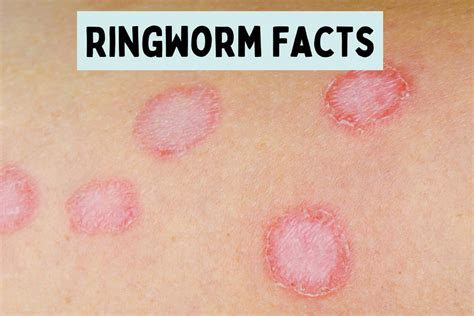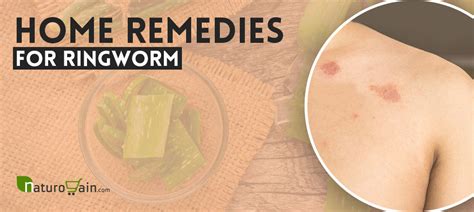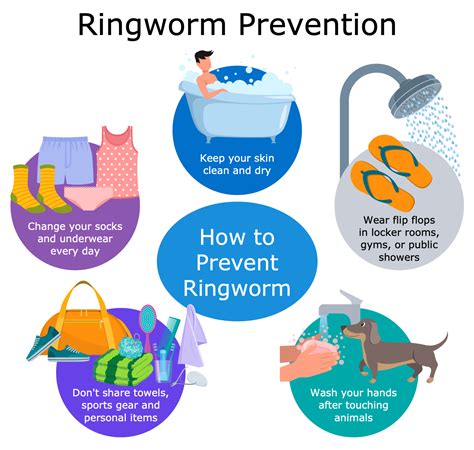Intro
Discover 5 effective ways to treat ringworm, a fungal infection, using antifungal medications, home remedies, and preventative measures to alleviate symptoms and promote healing, reducing ringworm transmission and recurrence.
Ringworm, also known as tinea, is a common fungal infection that affects the skin, causing a ring-shaped rash. It is highly contagious and can be spread through direct contact with an infected person or animal, or by touching contaminated objects. Despite its name, ringworm is not caused by a worm, but rather by a type of fungus. The infection can occur on various parts of the body, including the face, arms, legs, and trunk. In this article, we will explore the different ways to treat ringworm, as well as provide information on its causes, symptoms, and prevention methods.
Ringworm is a common problem that affects people of all ages, including children and adults. It is essential to seek medical attention if you suspect that you or your child has ringworm, as untreated infections can lead to further complications, such as skin irritation, bacterial infections, and the spread of the fungus to other parts of the body. Fortunately, ringworm is relatively easy to treat, and with the right medication and self-care techniques, you can effectively manage the infection and prevent its spread.
The symptoms of ringworm can vary depending on the location and severity of the infection. Common symptoms include a red, itchy, and circular rash, often with a clear center. The rash may be accompanied by redness, swelling, and blistering. In some cases, the infection can cause hair loss, especially if it occurs on the scalp. If left untreated, ringworm can lead to secondary bacterial infections, which can cause further complications, such as abscesses and scarring. It is crucial to seek medical attention if you experience any of these symptoms, as early treatment can help prevent long-term damage and promote faster healing.
Understanding Ringworm

Causes and Risk Factors
The causes of ringworm are multifactorial, and several risk factors can increase your likelihood of developing the infection. These include poor hygiene, sharing personal items, such as towels and clothing, and participating in contact sports, such as wrestling. Weakened immune systems, such as those caused by underlying medical conditions or medications, can also increase your risk of developing ringworm. Additionally, warm and humid environments can contribute to the growth and spread of the fungus, making it essential to maintain good hygiene and take preventive measures to reduce your risk of infection.Treatment Options for Ringworm

Topical Treatments
Topical treatments are often the first line of defense against ringworm. These medications can be applied directly to the affected area and can help to clear the infection quickly and effectively. Common topical treatments for ringworm include clotrimazole, miconazole, and terbinafine. These medications can be found in various forms, including creams, ointments, and powders. It is essential to follow the instructions provided by your doctor or pharmacist and to complete the full treatment course, even if symptoms improve before finishing the medication.Home Remedies for Ringworm

Self-Care Techniques
Self-care techniques can play an essential role in managing the symptoms of ringworm and promoting faster healing. These techniques include keeping the affected area clean and dry, avoiding scratching or rubbing the area, and wearing loose, comfortable clothing to reduce irritation. It is also essential to practice good hygiene, such as washing your hands regularly, especially after touching the affected area or coming into contact with an infected person or animal. By following these self-care techniques, you can help to reduce the risk of complications and promote faster healing.Preventing the Spread of Ringworm

Public Health Measures
Public health measures can play an essential role in preventing the spread of ringworm. These measures include educating the public about the causes, symptoms, and prevention methods of ringworm, as well as providing access to medical treatment and support services. By working together, we can reduce the risk of ringworm and promote public health.Conclusion and Next Steps

We invite you to share your thoughts and experiences with ringworm in the comments section below. Have you or a family member been affected by ringworm? What treatment methods have you found to be most effective? By sharing your experiences and insights, you can help others who may be struggling with this common and highly contagious infection.
What are the common symptoms of ringworm?
+The common symptoms of ringworm include a red, itchy, and circular rash, often with a clear center. The rash may be accompanied by redness, swelling, and blistering.
How is ringworm treated?
+Ringworm is typically treated with topical or oral medications, such as creams, ointments, or antifungal pills. In some cases, home remedies and self-care techniques may also be used to manage symptoms and promote faster healing.
Can ringworm be prevented?
+Yes, ringworm can be prevented by practicing good hygiene, such as washing your hands regularly, especially after touching an infected area or coming into contact with an infected person or animal. Avoiding sharing personal items and participating in contact sports can also help reduce the risk of infection.
Is ringworm contagious?
+Yes, ringworm is highly contagious and can be spread through direct contact with an infected person or animal, or by touching contaminated objects.
How long does it take to recover from ringworm?
+The recovery time for ringworm can vary depending on the severity of the infection and the effectiveness of treatment. With proper treatment and self-care techniques, most people can recover from ringworm within 2-4 weeks.
